Morris Louis, an innovative and disciplined artist, experimented with new materials to paint in a new way.
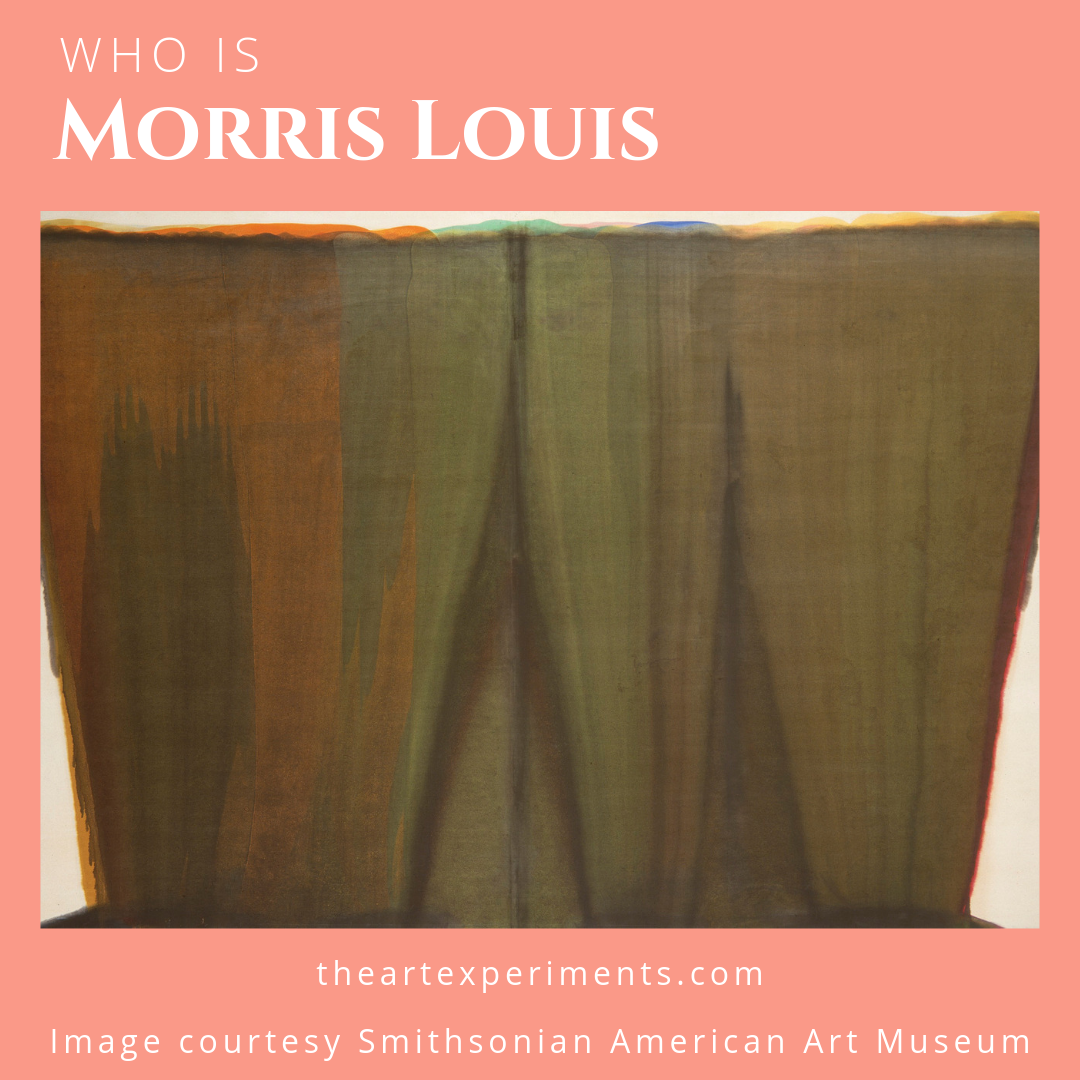
My favorite thing about Morris Louis is how he painted. He was trying new things with new materials. He loosely tacked unprimed canvas to a large frame. (He actually converted their dining room into his art studio. The frame was so large, it barely fit into the room.) Using thinned Magna acrylic paint, he poured paint from the top or the sides of the canvas, moving the frame or folding the canvas itself to control the drip of the paint. Not only was his pouring technique unique, but also his materials were a bit unusual as well. He used Magna acrylic paint, an unprimed canvas, and no paintbrush.
First of all, let’s talk about the paint. Acrylic paint, developed in 1934, sold to the public in 1959, was new. In 1946 the developers of Magna paint, Leonard Bocour and Sam Golden, invited some artists, including Louis, to try their paint. The product they gave artists wasn’t ideal. Compared to the oil-based paint artists were accustomed to using, Magna acrylic was very thin.
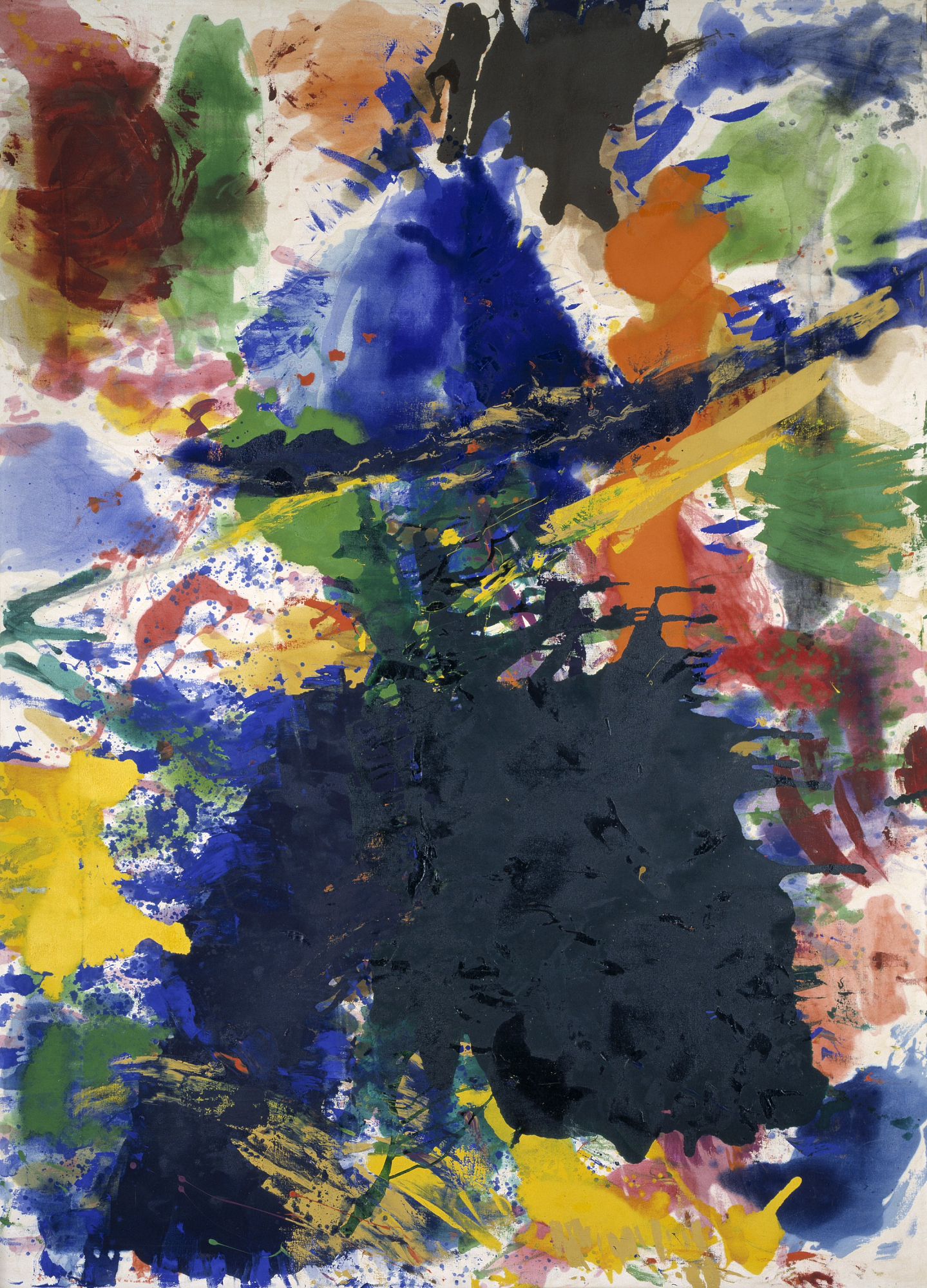
Image courtesy Smithsonian American Art Museum
Magna experimented with their formula, trying to make a better consistency. Unfortunately, they seem to have made it too thick. Louis, who never worked with another type of paint after 1954, complained about being unable to thin a new batch he described as “beeswax.” Flecks of color are visible in some of his paintings because the paint couldn’t be completely, homogeneously thinned. In 1960 Magna figured out how to make acrylic with a honey-like consistency. This was much easier to thin and so, much easier for Louis to pour.
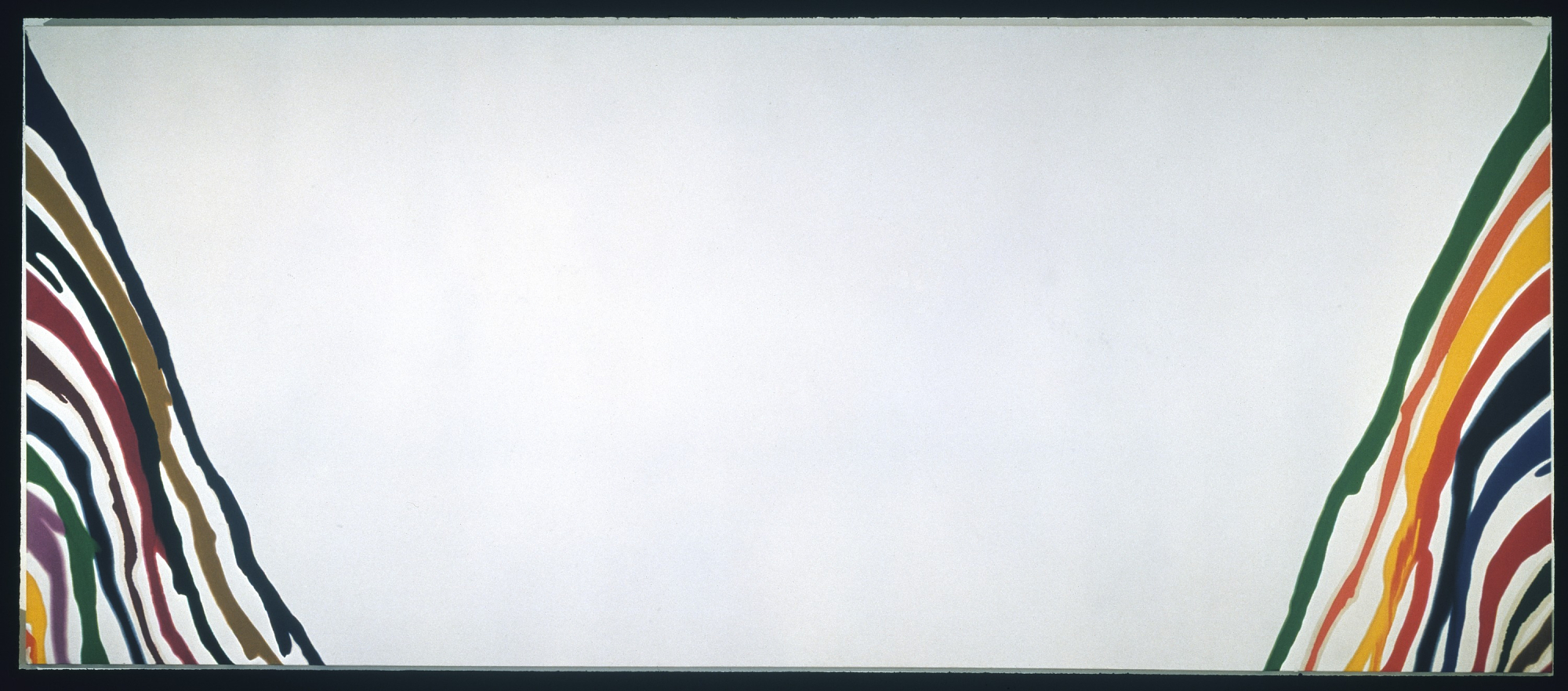
Image courtesy Smithsonian American Art Museum
Wow! Acrylic paint sounds like such a headache! Why would Louis use paint with such inconsistencies? It was a new medium with new possibilities. By simply being new, he could produce something that was different from those in the past. Magna acrylic paint was color mixed with mineral spirits instead of, like oil-based paint, color mixed with linseed oil. This resulted in a much faster drying time. Louis’s wife, Marcella, (who, I have to say, seems like a pretty amazing, dedicated wife, who financially supported their family with her income as a teacher and principal and was extremely supportive of his artistic efforts.) said he often finished an entire painting in one day. He could apply multiple layers of acrylic and roll his painting up to store – something he never could have done with oil paint. Then, his single frame was available for a new painting the next day.

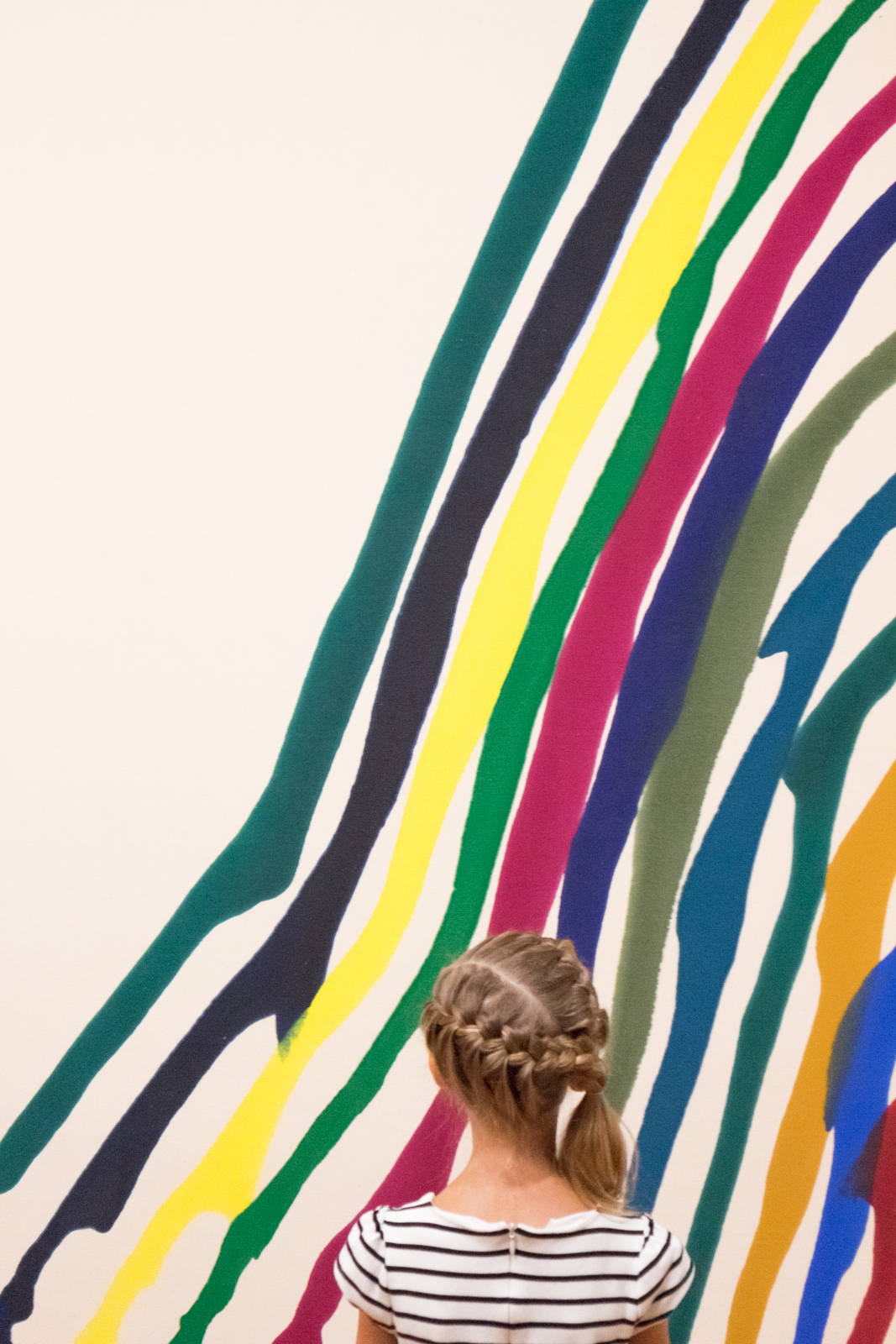
Although Louis worked on a single canvas at a time, he was prolific. He produced almost six hundred finished works in about five years. The fast drying paint allowed for more experimentation and so a greater, faster, more complete development of the artist’s ideas in a shorter period of time. This was especially useful to Louis. Charles Schucker, a friend from the Maryland Institute of Fine and Applied Arts, said Louis didn’t have a natural skill for figure drawing, which was a focus of the school. However, Louis was determined. He drew the same thing over and over again with small changes to make his drawings accurate. He used the same determination and dedication with all of his art. He produced them in a series, sometimes with small variations from one painting to another.

Magna paint was more vibrant and came in a greater variety of colors than oil paint. With oil paint, artists had to grind their own colors until 1841, when oil paint became available in a tube. However, even those artists who were using pre-made oil paints mixed those colors together to make more colors. While Louis could have done the same thing with Magna paint, they came in such variety and to Louis’s liking, that he didn’t mix colors before applying them to the canvas.
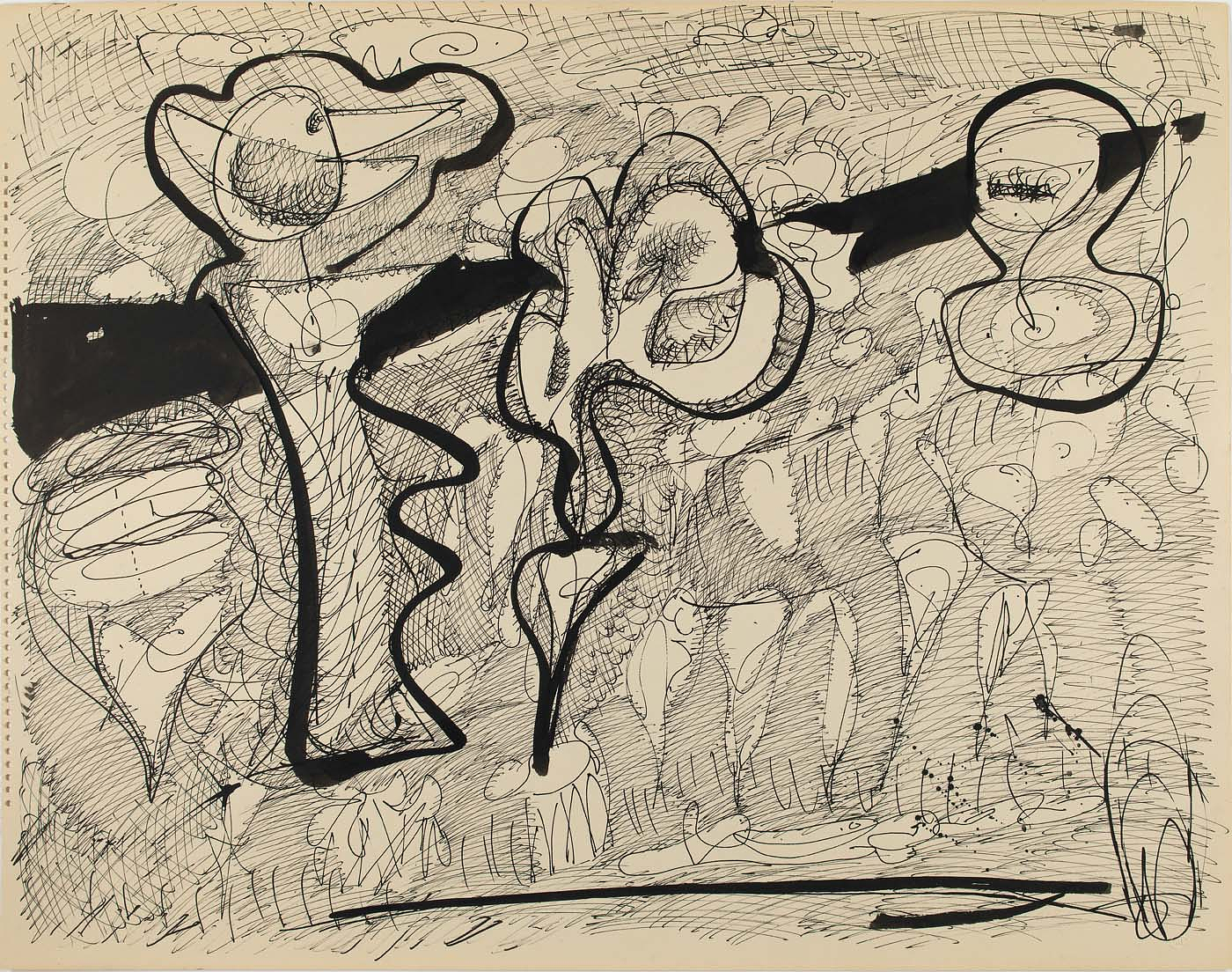
Image courtesy Smithsonian American Art Museum
On to the importance of the unprimed canvas and no brush: Prior to Louis (as well as today), artists questioned what art was supposed to be. What could be classified as art? Could something an artist didn’t physically create be accredited to an artist? Should an artist be “seen” in the painting of removed from it? What is the nature of each medium? For example, a sculpture is by nature three dimensional. Should each medium be true to its nature? Louis addresses some of these questions in his own way. By using an unprimed canvas and no brush, Louis removed himself from the painting. There aren’t any of his brushstrokes. The paint soaked into the canvas, staining it, making each painting completely flat. If he had used a primed canvas (a canvas first painted with white paint), the acrylic paint would have dried on top of the primer, possibly creating a build-up of paint (impasto).

With his Veil and Column paintings, Louis poured the paint from the top of the canvas and allowed gravity to work the paint to the bottom of the canvas instead of creating strokes with a brush and using his own force to move the paint. Later, however, in his Unfurled series, he seems both to have removed his hand by using the pouring technique and yet be expressive.
The lines are dramatic, energetic diagonals as if they were made with a brush. Louis thought his Unfurled series was his best work. Maybe he liked them because they are so different from his other works, from what others had done and for the balance of the dramatic, colorful diagonals, contrasting with the unpainted canvas in the center.

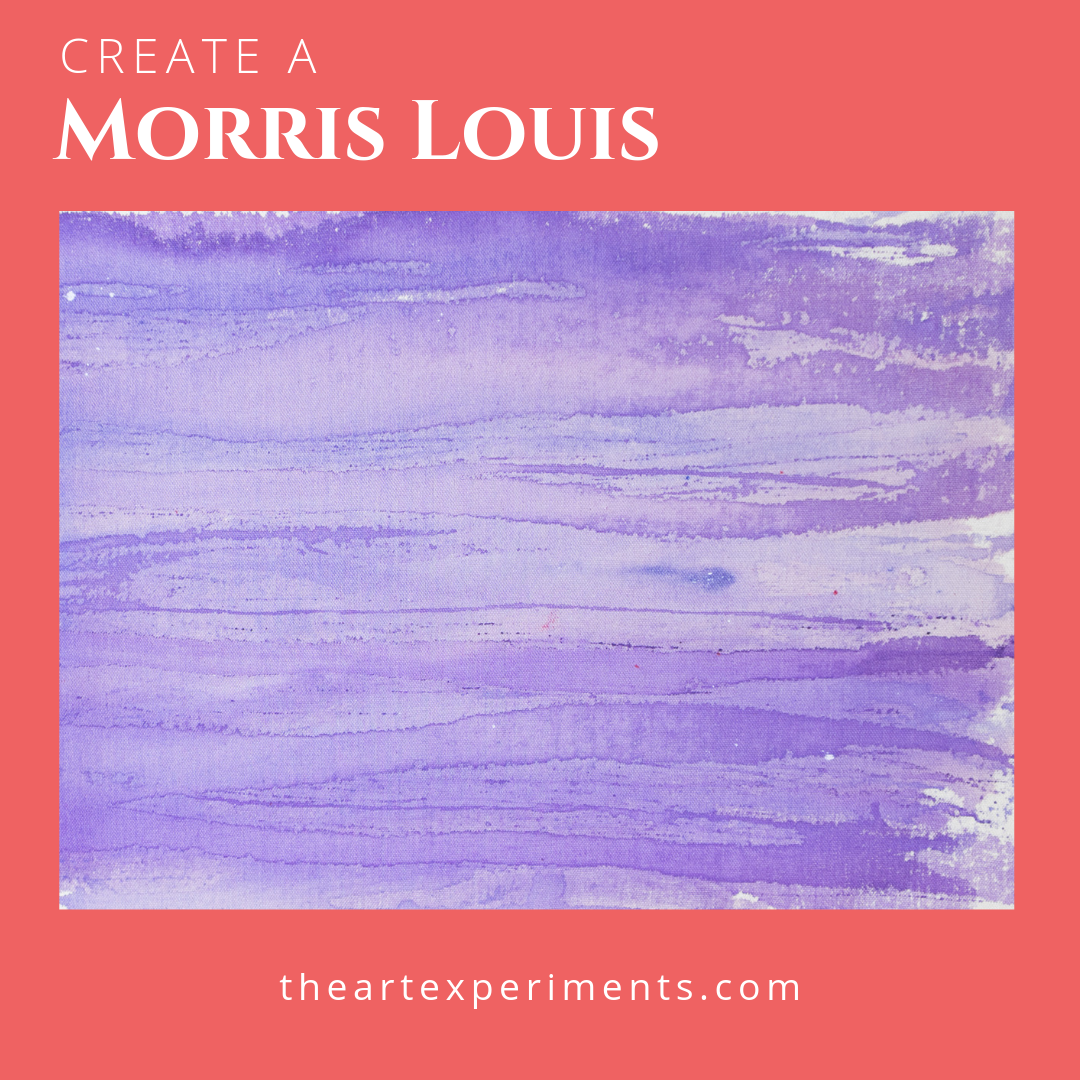

Leave A Comment